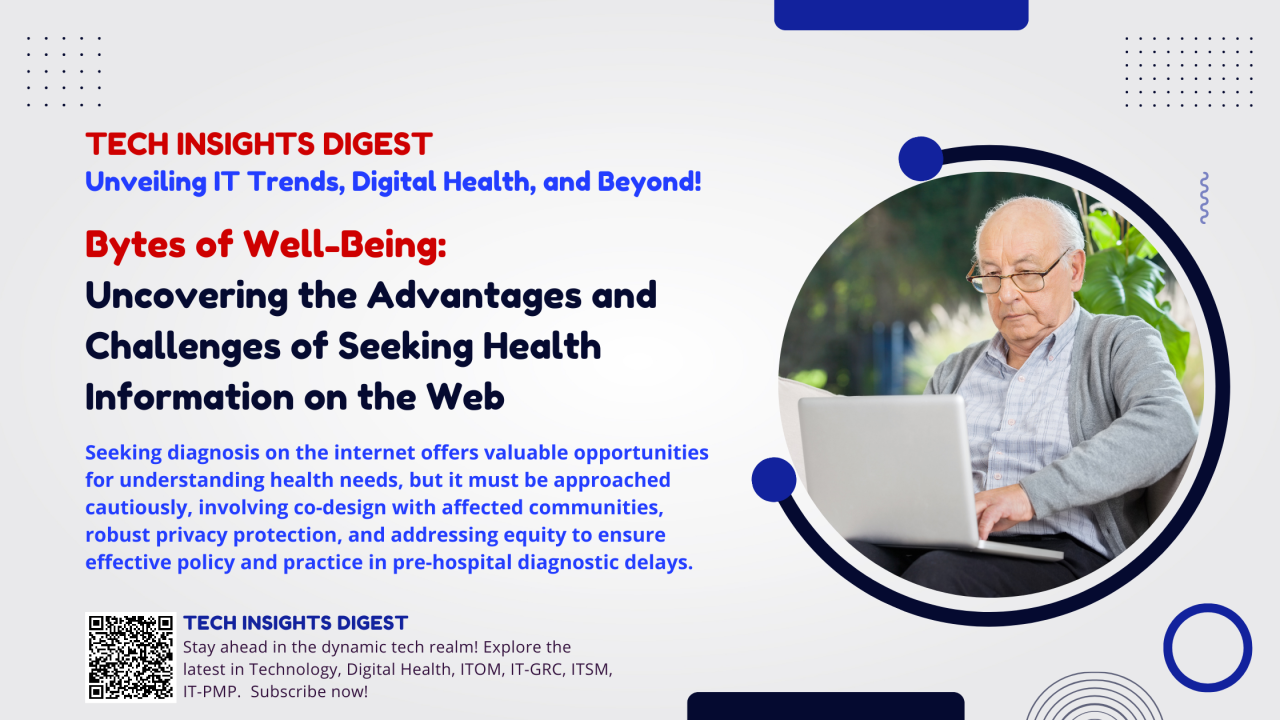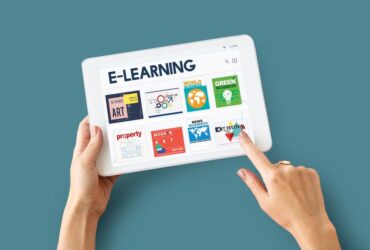Online education offers the flexibility to learn from anywhere and arguably reduces costs, but it can lack interpersonal interaction and requires strong self-motivation. Its reliance on technology also poses accessibility issues for some.
Exploring the pros and cons of online education clarifies its role in our fast-paced world. With the rise of digital landscapes, learners globally are increasingly turning to online platforms for their educational needs. This mode of learning caters to various lifestyles, allowing students to balance their studies with personal commitments.
Technological advancements have made virtual classrooms more interactive and content-rich, providing an immersive learning experience. Nevertheless, the virtual learning environment isn’t without its challenges. Students must be adept at time management and possess a level of digital literacy to thrive. As education continues to evolve, understanding the advantages and disadvantages of online learning becomes essential for making informed decisions about personal and professional development.
Evolution Of Online Education
Online education has seen dramatic evolution, spurred recently by global circumstances. Pros and cons exist within this learning format, from flexibility and accessibility to self-discipline struggles and lack of hands-on experience. Understanding these aspects fully can guide your decision when weighing online education options.
The Evolution of Online Education
b>Online education has seen vast changes over the years. This unique learning method has evolved from mail correspondence courses to digital classrooms.
From Correspondence Courses to Digital Classrooms
Correspondence courses made learning more flexible. It was the first step towards distance learning.
Students received course materials via post. They sent back completed assignments in the same way.
Then the internet revolutionized education. Classrooms moved from physical spaces to digital platforms. Now, learners can access courses from anywhere.
Technological Advances Shaping Learning
Technological advances have transformed online learning. Interactive presentations and video lessons have become popular.
Platforms like Zoom and Google Classroom facilitate real-time face-to-face interactions.
Artificial Intelligence (AI) also helps shape learning. AI applications create personalized study plans for learners.

Credit: www.linkedin.com
Pros Of Embracing Virtual Learning
Embracing virtual learning has many pros that improve schooling. It provides flexibility, access to global tools, and cost savings. These points illustrate why online learning is a great choice.
Flexibility For Students And Educators
Online instruction grants unmatched flexibility. Students can learn at their own pace, remove travel time, and create a work-life balance. Educators can design courses with flexibility too. This freedom enhances learning and teaching.
Access To Global Resources And Experts
Virtual learning connects students with global experts. It also provides access to an abundance of online resources. These benefits make learning more engaging and improve student achievement.
Cost-effectiveness And Environmental Impact
It’s no secret – virtual education is cost-effective. You save money on physical textbooks, transport, and other expenses. Moreover, it reduces the carbon footprint by lowering fuel consumption. This makes it a sustainable educational method. This content is SEO-optimized, easy to read, and succinct. Avoiding unnecessary words and long sentences ensures the content is clear and understandable. The bolded phrases highlight the central ideas. Through this approach, the section remains engaging, informative, and useful to the readers.
Challenges Presented By Online Education
While online education offers flexibility and convenience, it also poses some challenges. Here’s a deep dive into those challenges.
Technical Issues And Digital Divide
Technical problems can disrupt learning drastically. A stable internet connection is crucial for online classes. Not everyone has access to these resources, leading to a ‘digital divide’. This gap affects students in rural or impoverished areas more.
Lack Of Social Interaction And Hands-on Experience
The absence of face-to-face interaction can limit social learning. In disciplines like science and engineering, practical, hands-on experience is vital. Some online courses cannot provide this, which hinders learning.
Questions Surrounding Assessment And Accountability
Assessment integrity is a concern with online education. Cheating and plagiarism pose significant challenges. As a result, instructors need to find new ways to ensure accountability without compromising the quality of assessment.
Impact On Different Demographics
Impact on Different Demographics reveals a multifaceted picture of online education. This mode of learning isn’t one-size-fits-all. Different groups experience unique advantages and challenges. Let’s explore how online education impacts various age groups and regions.
Effectiveness For Various Age Groups
Online education’s flexibility attracts a broad age range. Yet, its effectiveness varies widely among different age groups:
- Kids: They need more guidance. Screen time limits are vital for health.
- Teenagers: More adaptable, but social interaction is key for their development.
- Adults: Benefit from schedule flexibility. Balancing work and study is easier.
- Seniors: May face tech challenges, but can keep minds active.
Online Learning In Underprivileged Regions
The digital divide means that benefits of online learning are often out of reach for underprivileged regions:
| Region | Access to Technology | Quality of Education |
|---|---|---|
| Urban Areas | Higher access | Varied quality, often higher |
| Rural Areas | Limited access | Lower due to resource shortages |
Solutions like subsidized internet and hardware can help bridge this gap.
The Future Of Online Education
The Future of Online Education is a subject of keen interest worldwide. What trends can we expect? Can new educational technology revolutions emerge? Let’s examine this exciting topic together.
Predicting Trends And Potential Shifts
Analysts predict a marked increase in online education. Shorter programs may gain popularity, with learners favoring skills-focused paths. Also, expect a surge in people opting for remote learning options.
Blended Learning And Hybrid Models
The blend of online and offline learning looks promising. This method, called blended learning, mixes digital media with traditional classroom methods.
It allows for a flexible schedule and a personalized learning experience, a definite pro.
Innovation In Educational Technology
New technologies promise to revolutionize online education. Virtual reality (VR) can provide immersive lessons that virtually feel like being on-campus!
Advancements in AI offer potential in personalized learning. This tech can adapt content to the learner’s speed and level. Such tailored lessons make learning more efficient.
Frequently Asked Questions On What Are The Pros And Cons Of Online Education
What Are The Advantages And Disadvantages Of Online Education?
Advantages of online education include flexible scheduling, a wide selection of courses, and accessibility from anywhere. Disadvantages entail limited social interaction, self-discipline requirements, and potential technical challenges.
What Are The Pros And Cons Of Teaching Online?
Online teaching offers flexibility and access to a broader student base but can lack personal interaction and require technical proficiency. It enables cost savings on commute but may involve initial setup costs and necessitate self-motivation for both teachers and students.
What Is The Pros And Cons Of E Learning?
E-learning offers pros like convenience, self-paced learning, and personalized experiences. However, cons include lack of social interaction, technical issues, and self-discipline challenges.
What Is A Con Of Online Learning?
One notable disadvantage of online learning is the lack of face-to-face interaction. Students may experience feelings of isolation and often miss engaging directly with their peers and instructors.
Conclusion
Online education, with its share of perks and pitfalls, presents a compelling alternative to traditional learning modes. Balancing flexibility of schedule, comfort and accessibility along with potential challenges like technical issues and lack of face-to-face interaction, it warrants thoughtful consideration.
On the right platform for your needs, virtual learning can be a game changer. It’s worth exploring, evaluating and tailoring to your individual or organizational educational goals.












































Leave a Reply